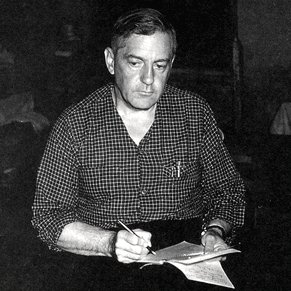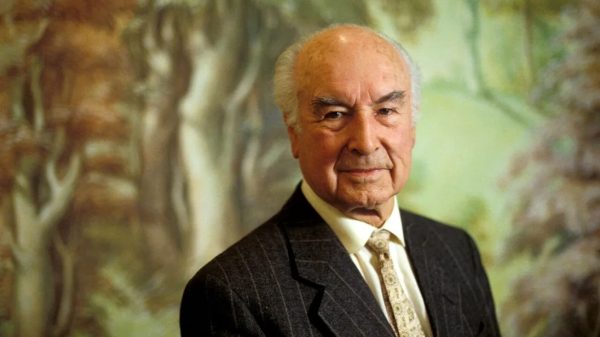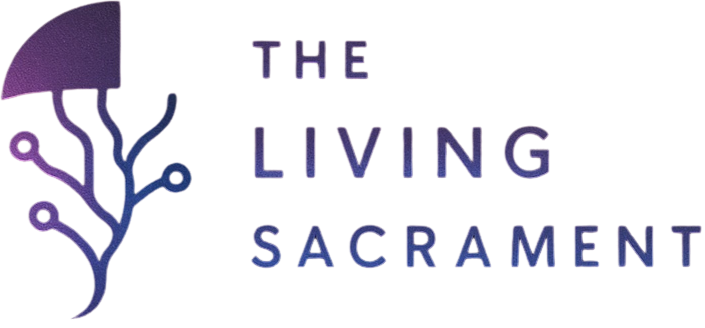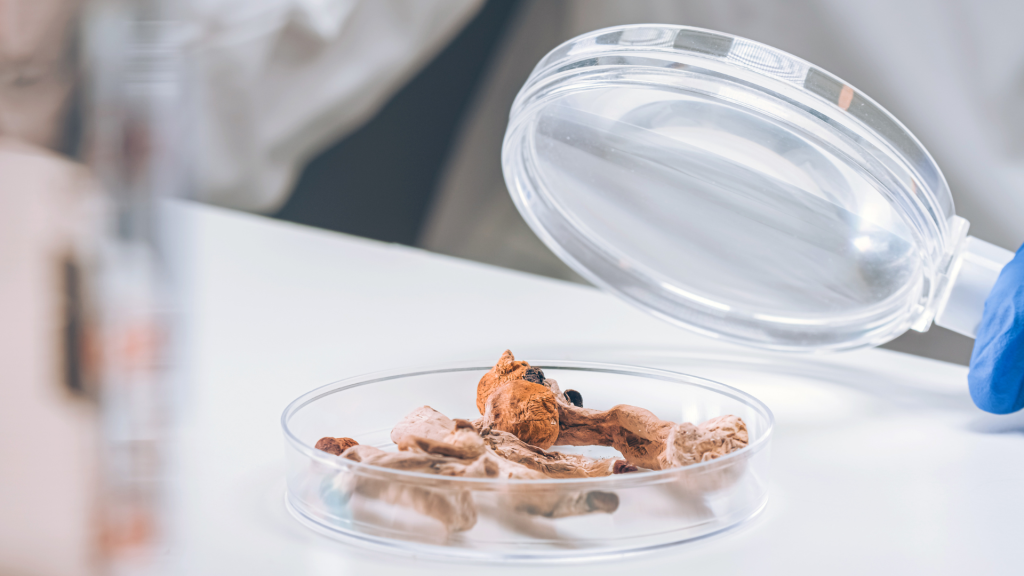You might think magic mushrooms were a new-age invention or some 1960s hippie experiment gone wild, but humans have been tripping on shrooms for way longer than that. The story of who discovered them depends on what you mean, because indigenous cultures knew about their magic centuries before any scientist ever did. Still, the modern world got its first real introduction to shrooms thanks to a curious banker, a Mexican healer, and a Swiss chemist with a knack for discovering mind-bending molecules.
The Ancient Discovery
Long before lab coats and research papers, psilocybin mushrooms were part of spiritual life across Central and South America. Indigenous Mazatec, Mixtec, and Aztec people called them “teonanácatl,” meaning “flesh of the gods.” They used shrooms in ceremonies for healing, divination, and connecting with the spirit world.
When Spanish colonizers showed up, they didn’t take too kindly to mushroom rituals. They outlawed them and labeled the practice as “devil worship.” For a while, these traditions went underground, surviving quietly in small, rural communities, especially in Oaxaca, Mexico.
So if you ask who discovered shrooms, the real answer might be: indigenous people did, thousands of years ago. Everyone else just caught up much later.
The Curious Banker Who Put Shrooms on the Map
Fast forward to the 1950s. Enter R. Gordon Wasson, an American banker with a side hobby that would change history. He wasn’t your typical mushroom guy, he worked on Wall Street and spent his vacations chasing rare fungi.
In 1955, Wasson and his wife, Valentina, traveled to a small town in Oaxaca to meet María Sabina, a Mazatec healer who still practiced traditional mushroom ceremonies. She invited Wasson to join one, and what happened next blew his mind, literally.
He described vivid colors, visions, and what he called “a deep sense of unity.” Two years later, he wrote about it in Life Magazine, in a piece called “Seeking the Magic Mushroom.” That article spread like wildfire. Suddenly, the Western world was fascinated by “magic mushrooms,” and the counterculture movement was born.
It’s fair to say Wasson didn’t discover shrooms, but he reintroduced them to the modern world.

The Swiss Chemist Who Bottled the Magic
Now, here’s where science joins the story. After Wasson’s article caught attention, samples of the mushrooms were sent to Albert Hofmann, a chemist at Sandoz Laboratories in Switzerland. If that name sounds familiar, it’s because he also discovered LSD a few years earlier.
In 1958, Hofmann successfully isolated and synthesized psilocybin and psilocin, the active ingredients that make shrooms psychedelic. He even tried them himself, because that’s just the kind of scientist he was.
Thanks to Hofmann, psilocybin could be studied, measured, and tested. For the first time, scientists could explore what magic mushrooms were doing to the brain instead of just guessing. His work basically turned ancient mushroom lore into modern neuroscience.

The Wild Ride That Followed
By the 1960s, shrooms had jumped from Mazatec villages to college campuses. Psychologists like Timothy Leary and Richard Alpert (better known later as Ram Dass) started experimenting with psilocybin at Harvard, claiming it could expand consciousness. Things got messy fast, and by the end of the decade, the government cracked down, classifying psilocybin as an illegal drug.
But the spark never died. Over the past 20 years, scientists have come back to it, this time with more caution and better data, and are finding that psilocybin may actually help with depression, anxiety, and PTSD.
So, in a way, the story of “who discovered shrooms” never really ended. It’s still being written.
Who Discovered Shrooms?
Technically, indigenous Mesoamerican cultures discovered shrooms centuries ago, using them in ceremonies long before modern science. In the Western world, R. Gordon Wasson reintroduced them in the 1950s, and Albert Hofmann later identified psilocybin as their active compound.
So if you’re keeping score: the Mazatecs found them, Wasson shared them, and Hofmann bottled the magic.
Magic mushrooms weren’t “invented” by anyone, they’ve been growing and inspiring humans for ages. But thanks to a few curious minds and brave explorers, the world rediscovered them. Whether you see them as sacred tools, scientific wonders, or just another fungus with flair, one thing’s for sure, shrooms have a wild history that’s still unfolding.
Sources
The Third Wave – History of Psilocybin Mushrooms.
ScienceDirect – R.C. Van Court et. la 2021 – Diversity, Biology, and History of Psilocybin-Containing Fungi.
Read Our Other Articles

